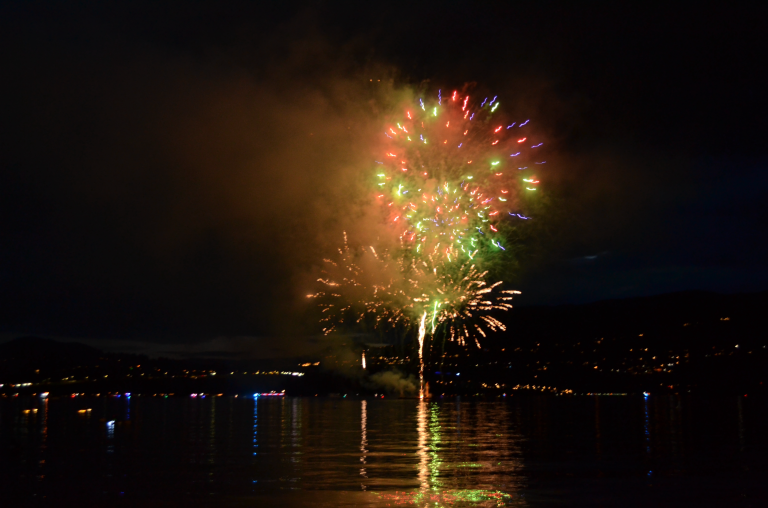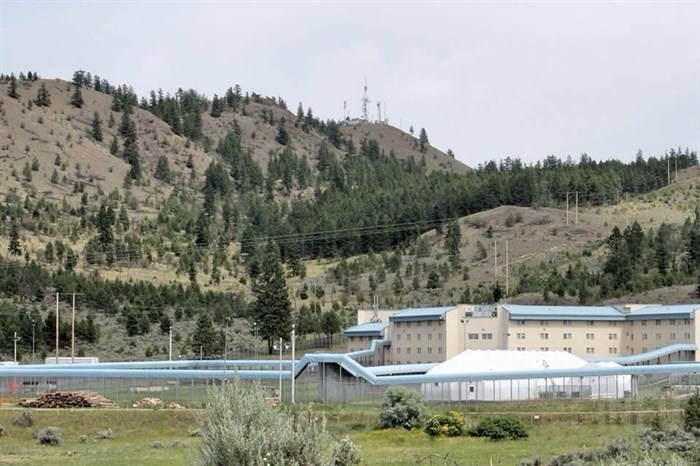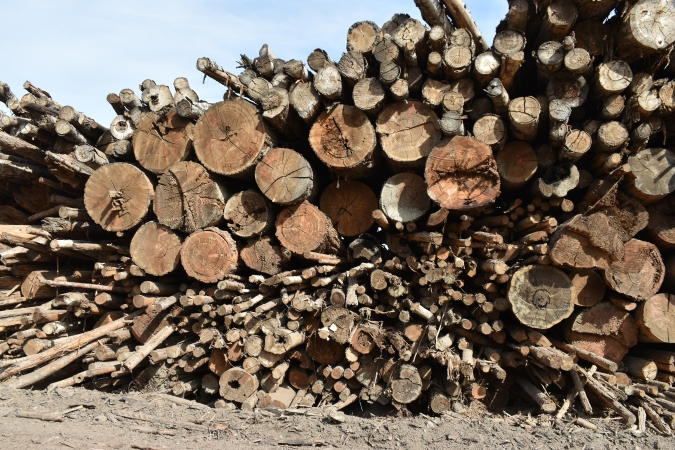iN PHOTOS: Spring flowers in dry grasslands of Kamloops, Okanagan
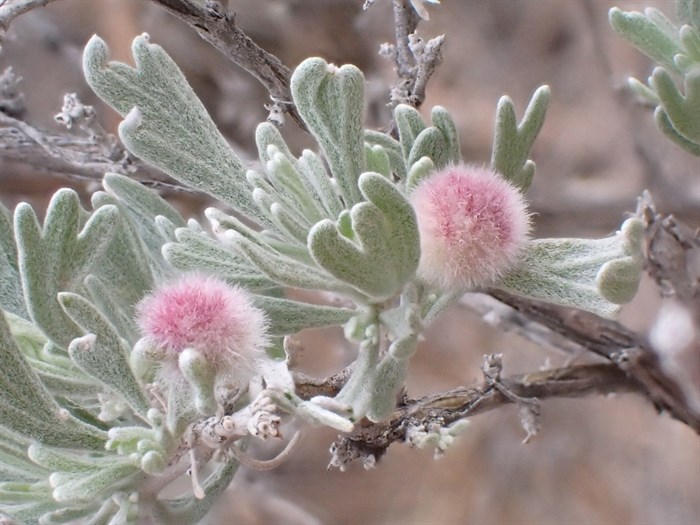
The grasslands in Kamloops and the Okanagan are home to a wide variety animals and insects, and drought-adapted flowers are blooming this time of year.
Grasslands are too hot and dry for trees to grow, but the plants have adapted by growing deep root systems to access moisture far below the soil surface and completing lifecycles early in spring to avoid hot summer temperatures, according to BCgrasslands.org.
Grasslands cover less than one per cent of the province and include wetlands, riparian areas and aspen groves.
The Okanagan grasslands region includes three major valley systems. The 240-kilometre-long Okanagan valley and its tributaries, the steep-sided Similkameen River valley in the southwest and the Kettle valley in the southeast. This region is home to the highest diversity of wildlife in the province, including almost 75% of all bird species, and the largest number of drought-adapted plant species.
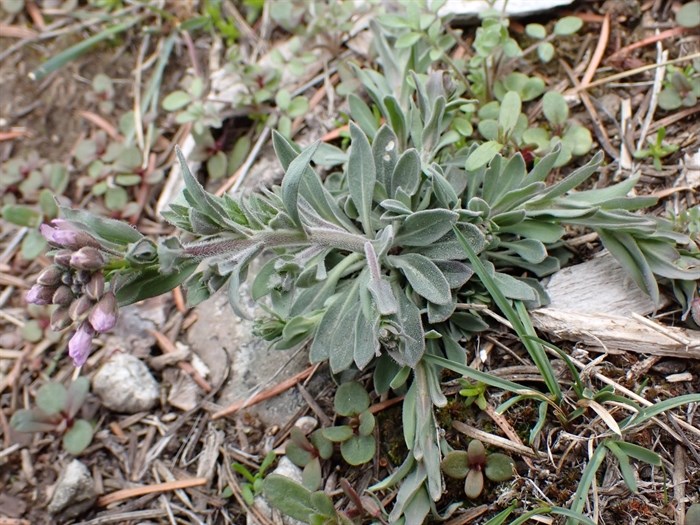
Reflexed rockcress grows in spring in the grasslands in Nicola Valley.
Image Credit: SUBMITTED/ Chris Rimmington
A key plant species in the Okanagan grasslands is antelope brush, which is a medium to tall shrub with stiff, woolly branches, small wedge-shaped leaves and single yellow flowers that bloom in the spring.
Historically, the Okanagan grasslands have been altered by livestock that overgrazed the area during the gold rush and shortly afterward when more people and ranchers settled in permanently. More grasslands were lost to land clearing for orchards and vineyards and urban development.
Kamloops is located in the Thompson-Pavilion grassland region and also has the Lac du Bois grasslands located to the north.
Much like the Okanagan these grasslands were heavily impacted by livestock grazing over the past 150 years, and later were lost due to urban development.
During the fur trade with the Hudson’s Bay Company in the mid 1800s, hundreds of grazing horses were overwintering in the Lac du Bois grasslands. The gold rush brought more people and livestock, which added to the overgrazing. Later, thousands of hectares of grassland in the area were converted to orchards.
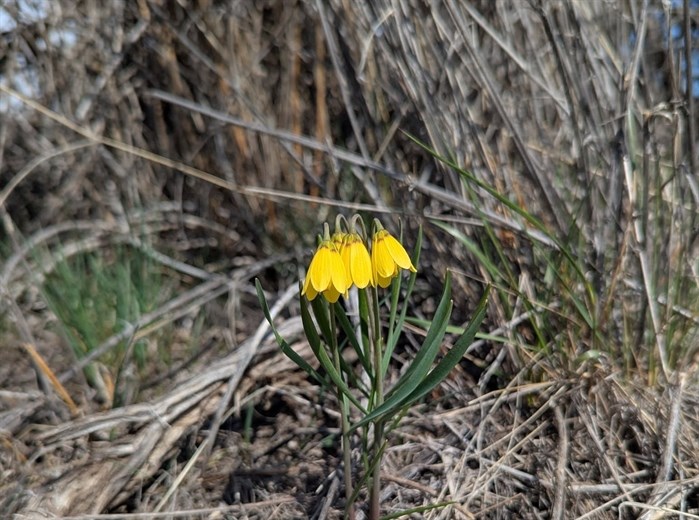
Image Credit: SUBMITTED/ Ashley Gribble
A key plant species in the grasslands around Kamloops is the sagebrush buttercup, one of the earliest flowering plants at all elevations that pushes through the snowy ground in early March.
Some nature lovers photographed yellow bells, sagebrush and rockcress this spring.
The next colourful flowers to bloom in the grasslands are pink bitterroot and yellow arrowroot balsam.
If you want to share great photos of flora growing in your neck of the woods, send them to news@infonews.ca.
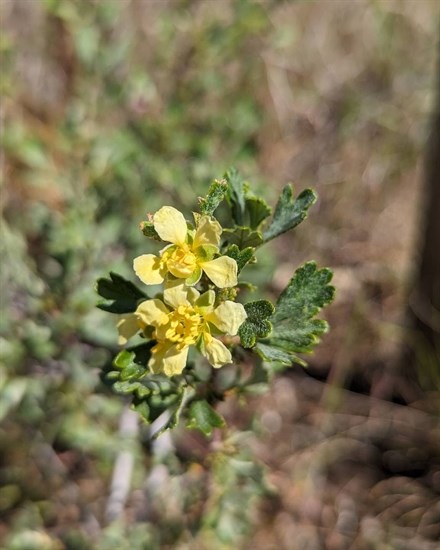
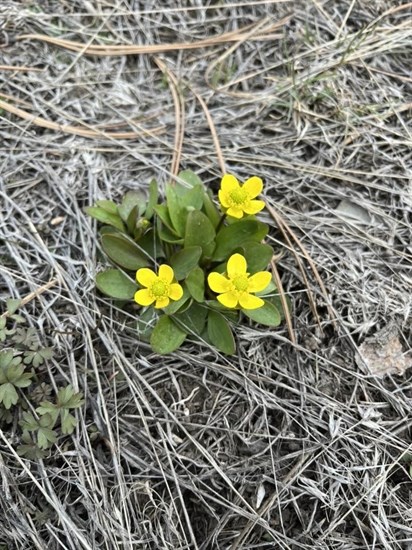
Antelope brush is a key plant species growing in the grasslands in the South Okanagan.
Image Credit: SUBMITTED/ The Nature Trust of British Columbia

Sagebrush buttercups grow in the grasslands around Kamloops.
Image Credit: SUBMITTED/ Margarete Dettlaff
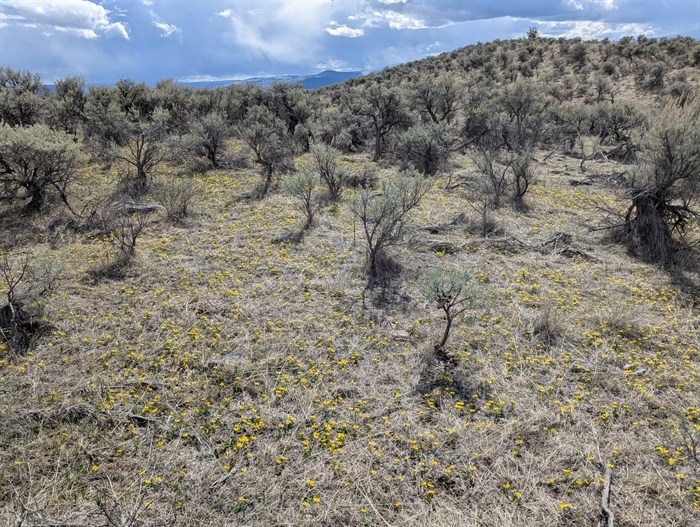
agebrush and a carpet of sagebrush buttercups are pictured in the grasslands around Kamloops.
Image Credit: SUBMITTED/ Ashley Gribble
Join the Conversation!
Want to share your thoughts, add context, or connect with others in your community?
You must be logged in to post a comment.













